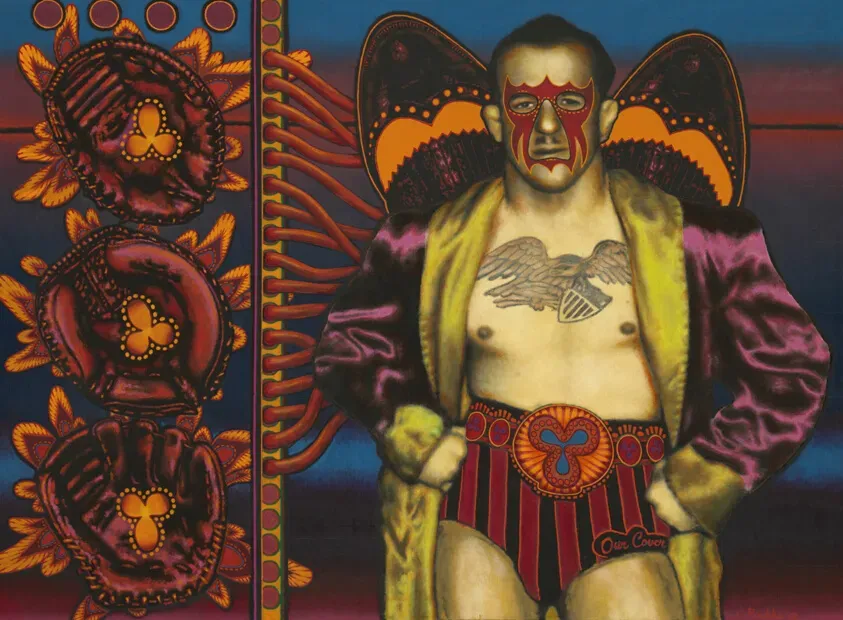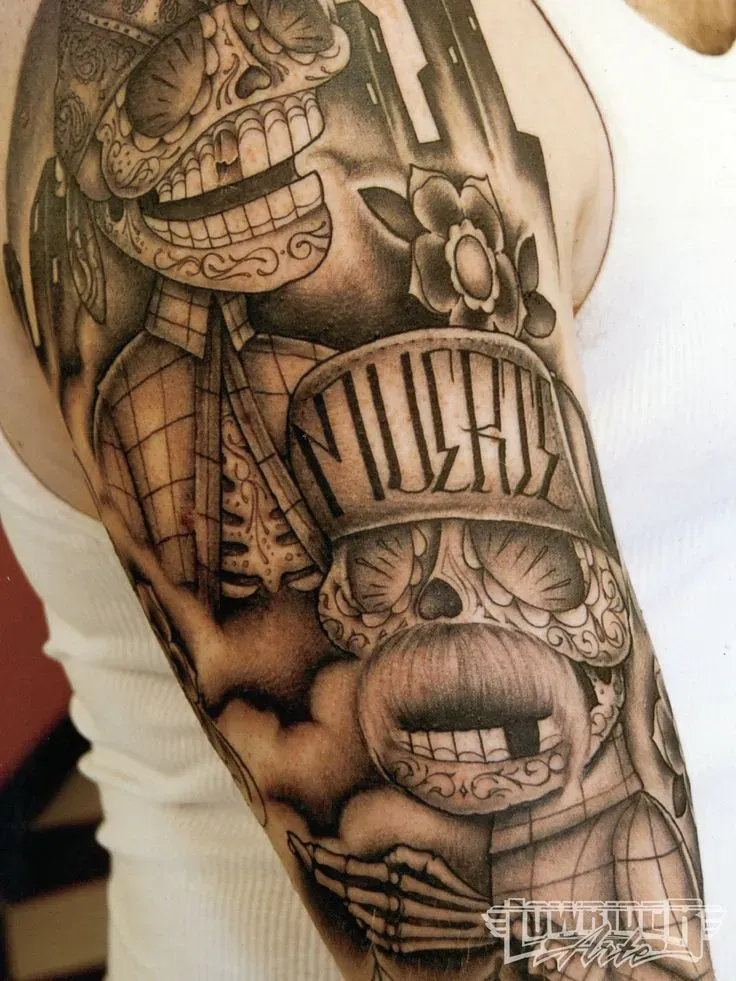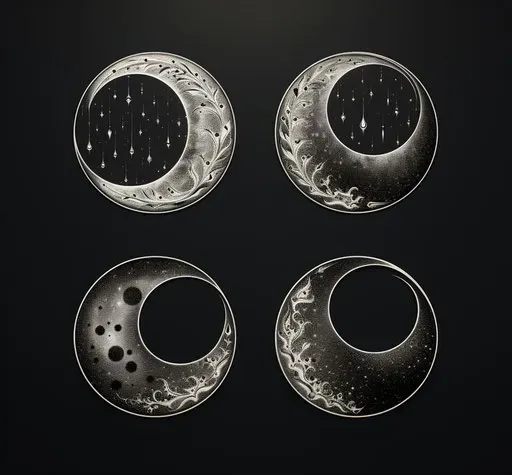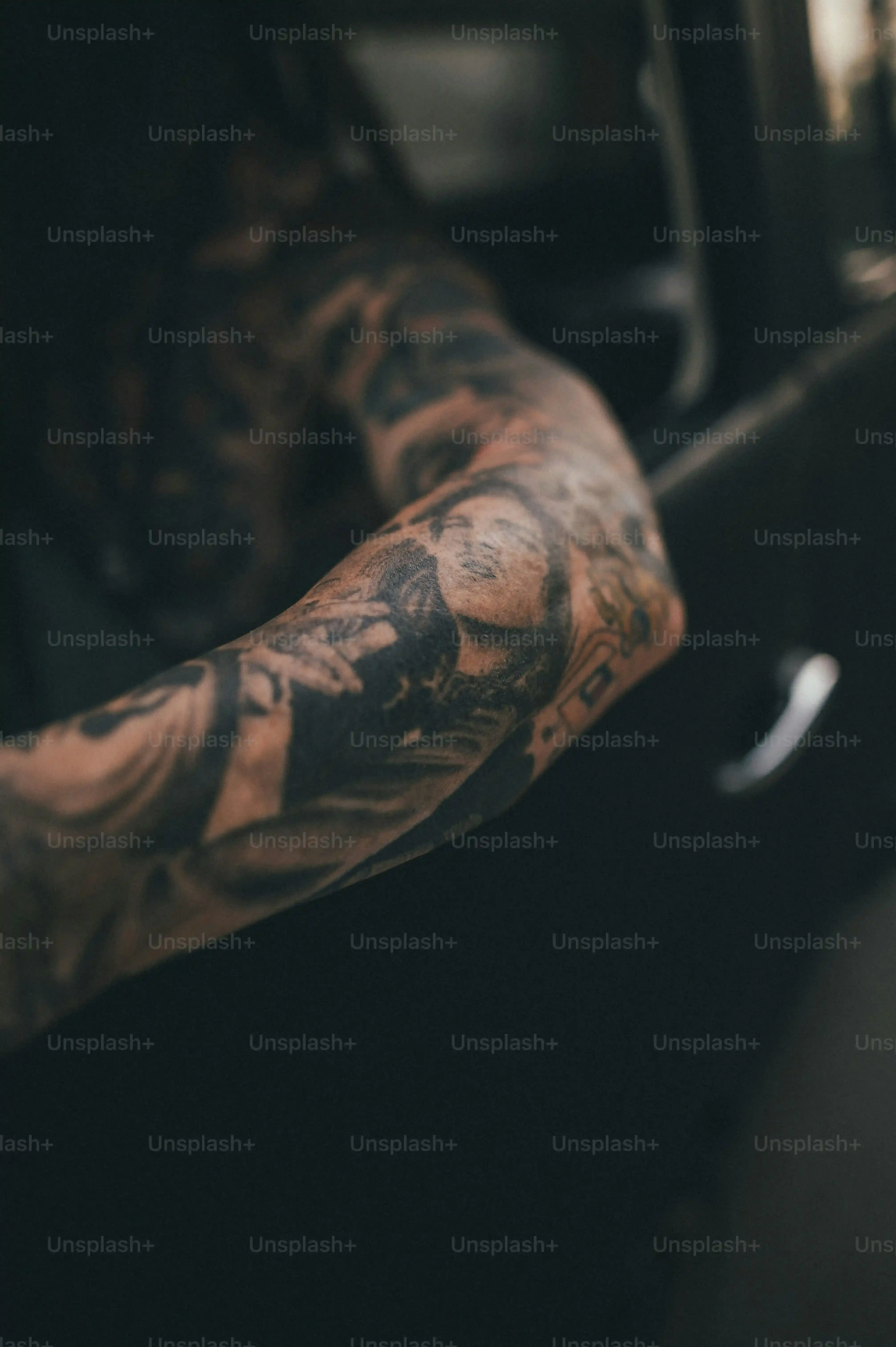Table of Contents
Thinking about getting a tattoo? Or maybe you already have one and you're wondering how it stacks up? It's easy to get caught up in the excitement of picking a design, but understanding tattoo design quality is just as crucial as finding the perfect image. Nobody wants faded lines, muddy colors, or a design that just doesn't sit right on their skin a few years down the line. A great tattoo isn't just a picture; it's a piece of art that lasts, a story told on your body.
More Than Just Skin Deep: What Defines a Quality Tattoo?
More Than Just Skin Deep: What Defines a Quality Tattoo?
Beyond the "Cool" Factor: First Impressions
Everyone sees a tattoo and has an initial reaction. "That's cool!" or "Wow, look at the detail!" But there's a difference between a design that looks cool at a glance and one that demonstrates true tattoo design quality. Think about it: you see a picture online, it looks vibrant and sharp. Then you see it in person, maybe on someone you know, and up close, the lines are wobbly, the colors are muddy where they should be clean, and it just doesn't have that crispness. A quality tattoo grabs you not just with its concept, but with its execution. It holds up to scrutiny, even inches away.
It's like looking at a painting. From across the room, it might look nice. But a master's work shows impeccable brushstrokes, layering, and texture when you get close. A high-quality tattoo has that same level of craftsmanship. The ink sits properly in the skin, the edges are clean, and there are no blowouts where the ink has spread under the skin. It looks intentional, not accidental. It feels solid and well-applied, not like it was rushed or done without care.
The Underpinnings: What Lies Beneath the Surface
Defining a quality tattoo goes deeper than just whether the picture looks right today. It involves understanding the fundamental elements that make a tattoo last and age gracefully. We're talking about things like line weight consistency, smooth shading transitions, and how well colors are packed into the skin. An artist might nail the drawing, but if their technique is off – too shallow, too deep, inconsistent speed – the tattoo won't heal well and its longevity will suffer. This is where the real tattoo design quality shows itself, in the technical skill applied.
Consider how a tattoo will look in five, ten, or even twenty years. Will those fine lines blur into an unreadable mess? Will the vibrant colors fade unevenly or turn muddy? A quality tattoo is built to stand the test of time, within the natural limits of skin and ink. It's about anticipating how the design will age on a dynamic canvas. An experienced artist plans for this, adjusting line thickness and color choices based on the location and the client's skin type. It’s a complex interplay of art and craft.
- Clean, consistent lines without wobbles or blowouts.
- Smooth, even shading with clear transitions.
- Solid color packing without patchy or light spots.
- Appropriate depth of ink application for longevity and healing.
- Design clarity that remains visible as the tattoo ages.
Breaking Down Tattoo Design Quality: Lines, Shade, and Color
Breaking Down Tattoo Design Quality: Lines, Shade, and Color
The Foundation: Lines That Define and Hold
Alright, let's get down to the nuts and bolts of tattoo design quality. The first thing your eye should register is the line work. Think of lines as the skeleton of the tattoo. Are they crisp? Do they look shaky, like the artist had too much coffee? Quality lines are consistent in thickness unless the design calls for variation. They don't skip or look broken. You shouldn't see "blowouts" – that fuzzy, bruised look where the ink has gone too deep and spread under the skin. Fine lines should stay fine, bold lines should stay bold, and they should all connect smoothly where they're supposed to.
I saw a portrait tattoo once where the lines around the eyes looked like they were drawn with a dull pencil – thick in some spots, barely there in others. It completely ruined the likeness. Good line work requires a steady hand, control over the machine, and understanding how ink settles in different skin types. It's arguably the most fundamental aspect of solid tattoo design quality.
Adding Dimension: Shading and Color Saturation
Once the lines are solid, look at the shading. Shading gives the tattoo depth and texture. Quality shading transitions smoothly from dark to light; you shouldn't see harsh lines where shades meet unless it's a specific style like blackwork or graphic design. It should look blended, like smoke or a gradient in a drawing. Patchy shading, where some areas are darker than others unintentionally, is a clear sign of inconsistency.
Color work is another beast entirely. Saturated color means the ink is packed evenly and densely into the skin. It looks vibrant and opaque, not washed out or spotty. You shouldn't see bare skin showing through where color is meant to be solid. A good artist understands color theory – how colors interact and how they'll look healed in the skin. They choose the right pigments and apply them with the correct technique to ensure the color stays bright and true for years. Poor color saturation is a common indicator of subpar tattoo design quality that shows up quickly as the tattoo heals.
What's the most common mistake people make when judging color quality?
The Artist's Touch: Skill, Style, and Communication in Quality Tattoos
The Artist's Touch: Skill, Style, and Communication in Quality Tattoos
The Hand That Holds the Machine
Ultimately, the best tattoo design quality depends on the artist wielding the needle. You can have the most incredible concept on paper, but if the artist lacks the technical skill to translate it onto skin, you're looking at a potential disaster. A truly skilled artist understands skin depth, needle groupings, machine speed, and how different inks behave. They make clean passes, pack color evenly without overworking the skin, and can execute intricate details or smooth gradients with precision. Their hand is steady, their movements deliberate. It's not just about drawing; it's about a mastery of the tools and the medium – living, breathing skin. This technical prowess is non-negotiable for achieving high tattoo design quality that lasts.
Finding an artist whose style matches the design you want is also critical. A killer traditional artist might not be the right person for a hyperrealistic portrait, and vice versa. Look at their portfolio – does their style align with your vision? Do they consistently produce the kind of lines, shading, and color saturation you're looking for? Don't just pick someone because they're cheap or available next week. Research matters.
Communication with your artist is the final piece of the puzzle. A good artist listens to your ideas, offers professional input based on their experience (especially regarding placement and how the design will age), and clearly explains the process and aftercare. They should be transparent about pricing and scheduling. If an artist is dismissive, doesn't answer your questions clearly, or seems rushed, that's a red flag. A collaborative process with clear communication significantly increases the likelihood of a successful tattoo that meets high standards of tattoo design quality.
What questions should you absolutely ask an artist before booking a session?
Ensuring Longevity and Finding Quality Tattoo Artists
Ensuring Longevity and Finding Quality Tattoo Artists
Beyond the Needle: Your Role in Longevity
Getting the ink is only half the battle when it comes to ensuring longevity and maintaining solid tattoo design quality. How you treat that fresh tattoo in the first few weeks, and honestly, for the rest of your life, makes a massive difference. An artist can execute a perfect piece, but if you soak it in the bathtub, pick at the scabs, or let it get sunburned, you're actively working against their skill. Proper aftercare isn't optional; it's mandatory maintenance. This means following the artist's specific instructions to the letter, even if it feels like a hassle. It's about keeping the area clean, moisturized (but not suffocated), and protected from bacteria and excessive sun exposure. Think of it as preserving an investment.
Placement matters too. Tattoos on areas with a lot of friction or rapid skin turnover, like hands, feet, or elbows, simply won't hold detail or color as well over time as ink on, say, your bicep or calf. A good artist will often discuss how placement affects longevity and potential design modifications needed to account for it. Ignoring this advice because you *really* want that intricate mandala on your palm might mean needing touch-ups sooner than you'd like. It's managing expectations based on the biological canvas.
Hunting for the Best: Finding Quality Tattoo Artists
So, how do you find these mythical creatures capable of delivering consistent tattoo design quality? Start by looking at portfolios, and I mean *real* portfolios, not just filtered Instagram snaps. Check out healed photos, not just fresh ones. Healed work tells the true story of how the ink settled, how lines held, and how colors aged. Look for consistency across multiple pieces in the style you want. Does every black and grey piece have smooth gradients? Are the lines in every geometric tattoo crisp and uniform? Red flags include blurry photos, only showing fresh work (which always looks brighter), or a portfolio that's all over the place stylistically without demonstrating mastery in any one area.
Ask for recommendations, but vet them yourself. Just because your buddy loves their tattoo doesn't automatically mean the artist is right for *your* design or maintains high standards across the board. Visit the studio. Is it clean? Do they use sterile equipment? Are they happy to answer your questions about their process, inks, and safety protocols? A reputable artist prioritizes hygiene and transparency. Don't be shy about asking about their experience with your specific skin type or the complexity of your desired design. This isn't like buying a t-shirt; it's a medical procedure with lasting artistic results.
- Check healed photos in their portfolio.
- Look for consistency in line work, shading, and color saturation.
- Visit the studio to assess cleanliness and professionalism.
- Ask about their sterilization practices and equipment.
- Discuss your specific design idea and skin type with them.
- Read reviews, but take them with a grain of salt – verify with your own research.
The Partnership: Artist Skill Meets Client Care
Ensuring longevity and truly exceptional tattoo design quality is a team sport. The artist brings the technical skill, the artistic vision, and the knowledge of how ink behaves in skin. You, the client, bring the healthy canvas, the commitment to diligent aftercare, and the willingness to follow instructions. A stunning tattoo seen years later is a testament to both parties doing their part. An artist can create perfection on day one, but poor healing or neglect can turn it into a faded, blurry mess surprisingly fast. Conversely, no amount of perfect aftercare can fix shaky lines or patchy color from a subpar application.
Choosing an artist who values quality over speed or price, and then committing to the necessary care, is how you protect your investment. It’s about recognizing that a tattoo is a permanent modification and treating it with the respect it deserves. That sharp, vibrant piece you walk out with is the starting point; maintaining its integrity over the years requires ongoing attention. That’s the reality of ensuring longevity and finding quality tattoo artists whose work stands the test of time.
Making Informed Choices for Lasting Ink
Evaluating tattoo design quality involves looking beyond the initial appeal of an image. It requires understanding the technical execution, the thoughtful application of design principles to your unique anatomy, and the artist's consistent skill. While the personal meaning of a tattoo is paramount, its longevity and visual impact depend heavily on these fundamental elements. By paying attention to the details discussed – from line work and shading to color saturation and artist communication – you're better equipped to invest in a piece of art that will truly stand the test of time on your skin.